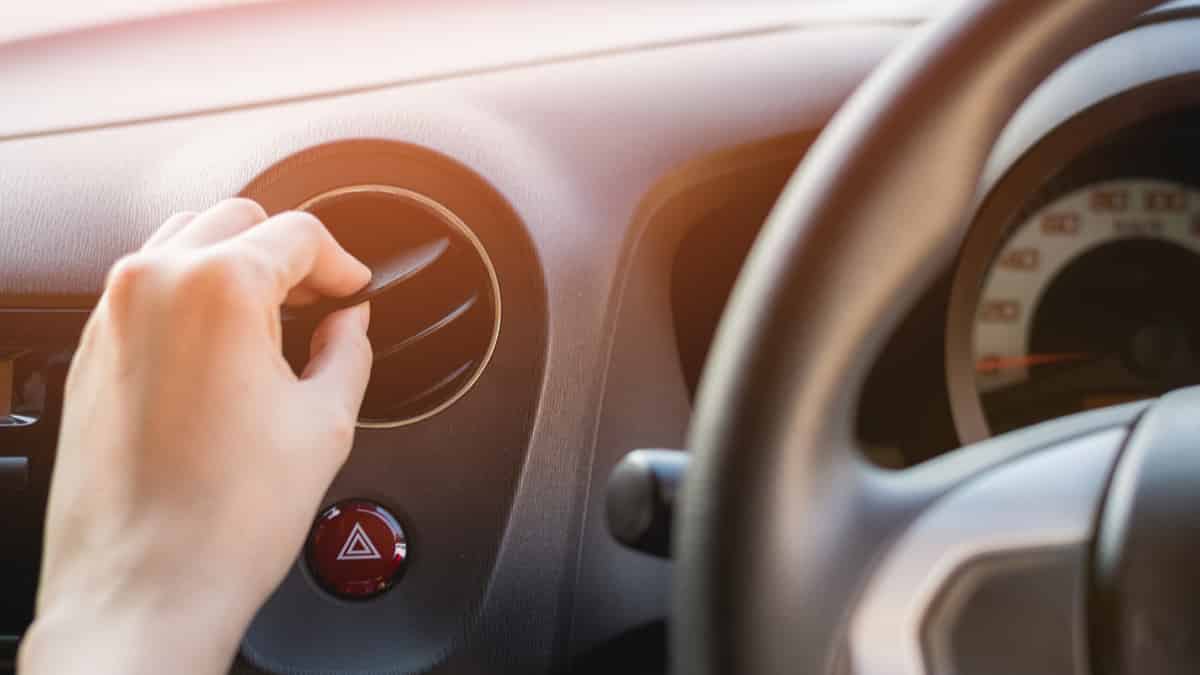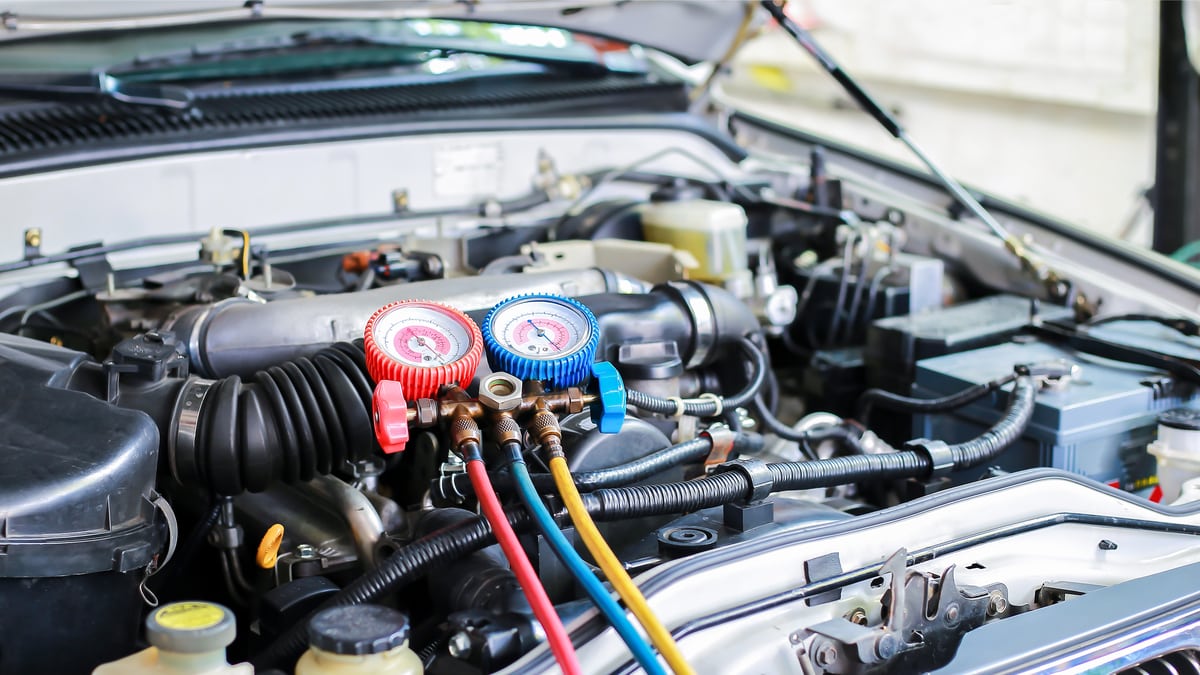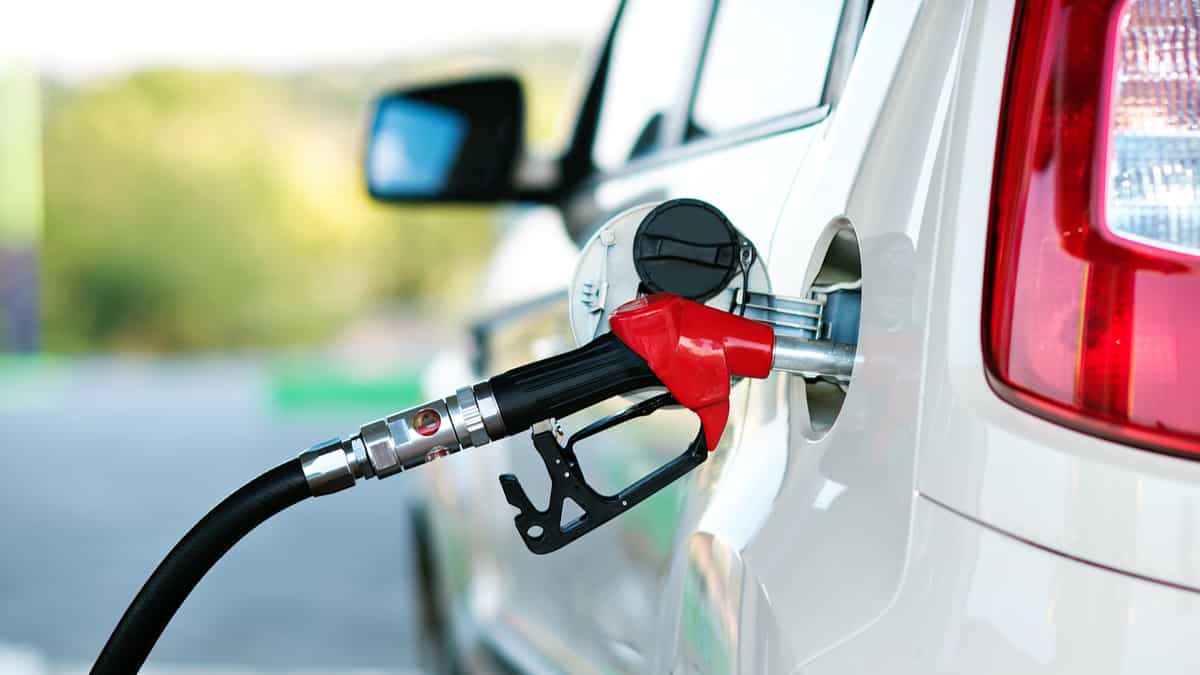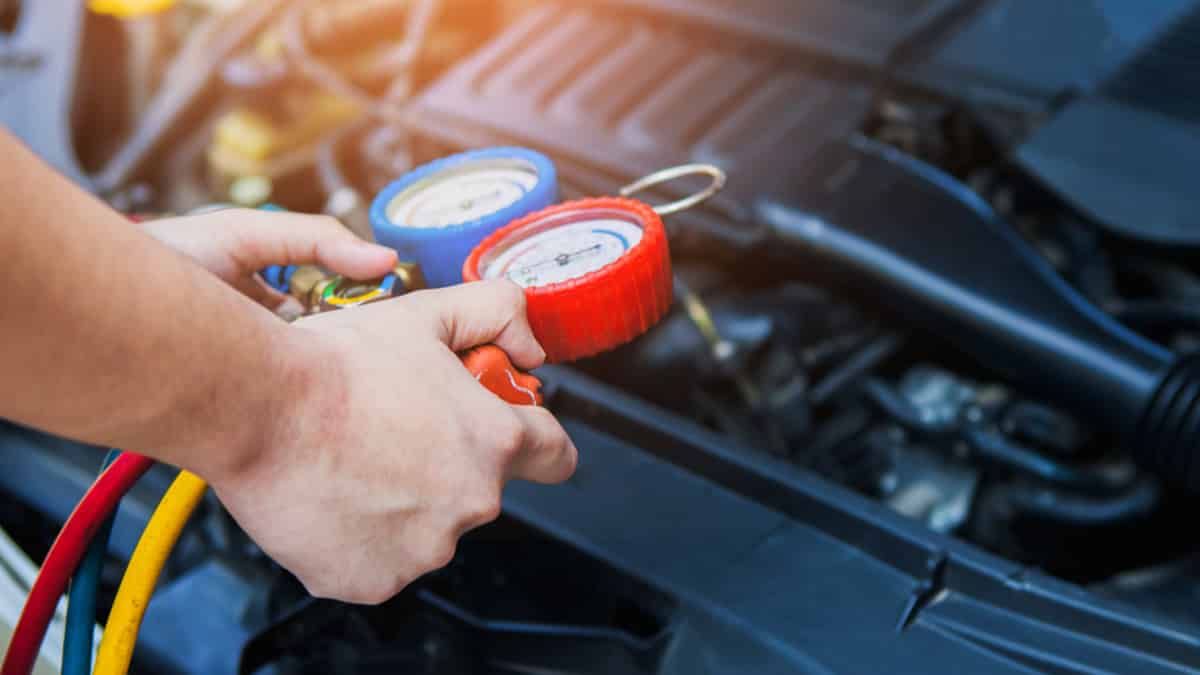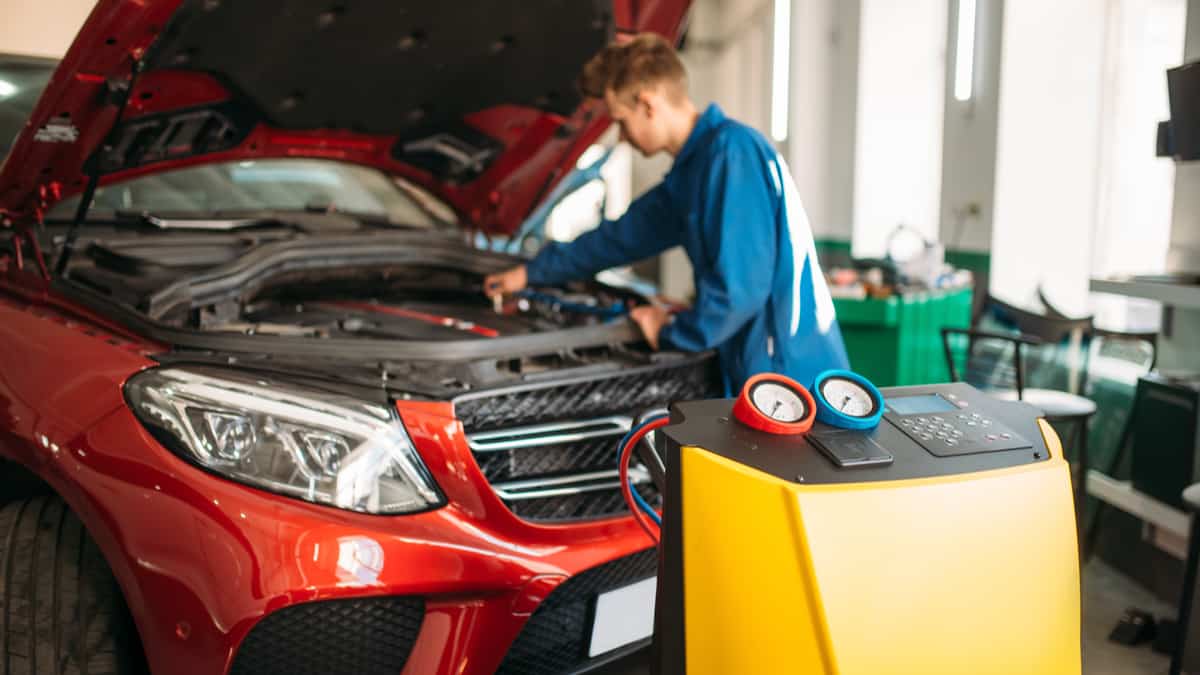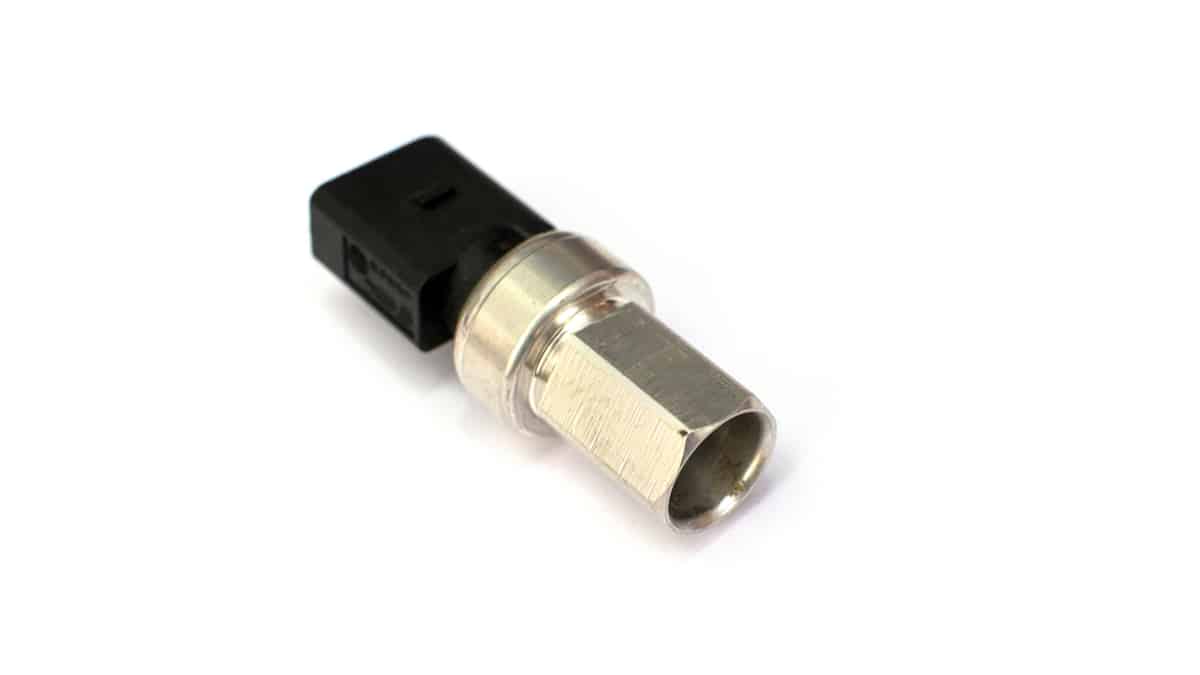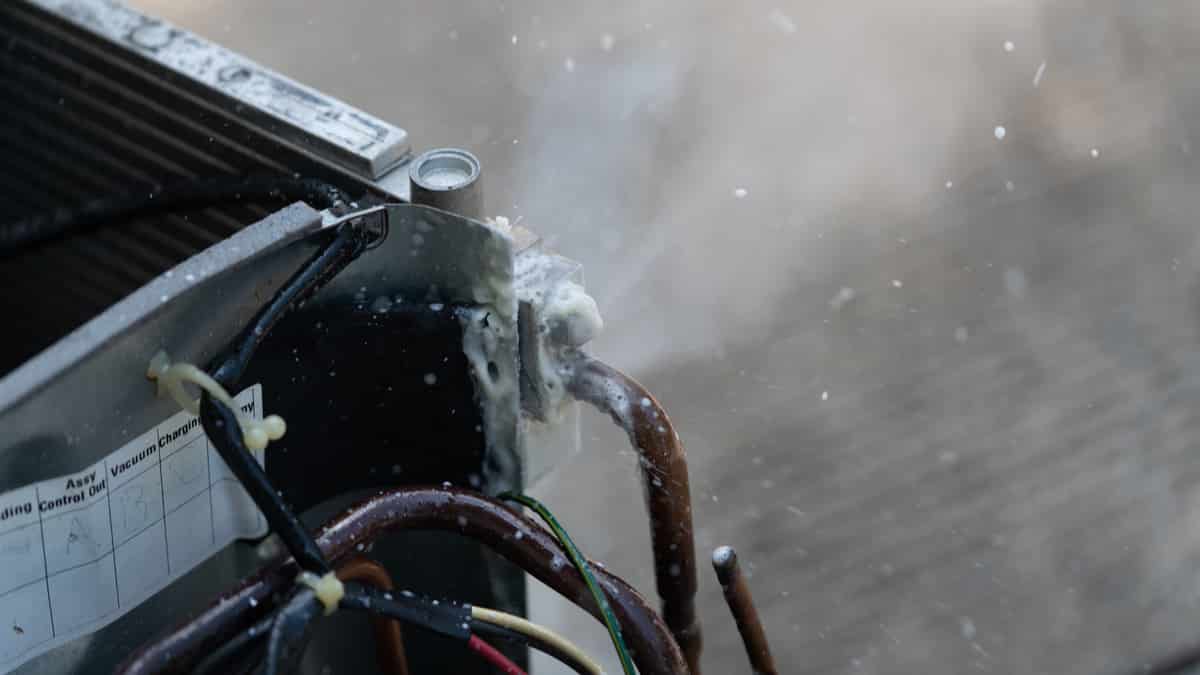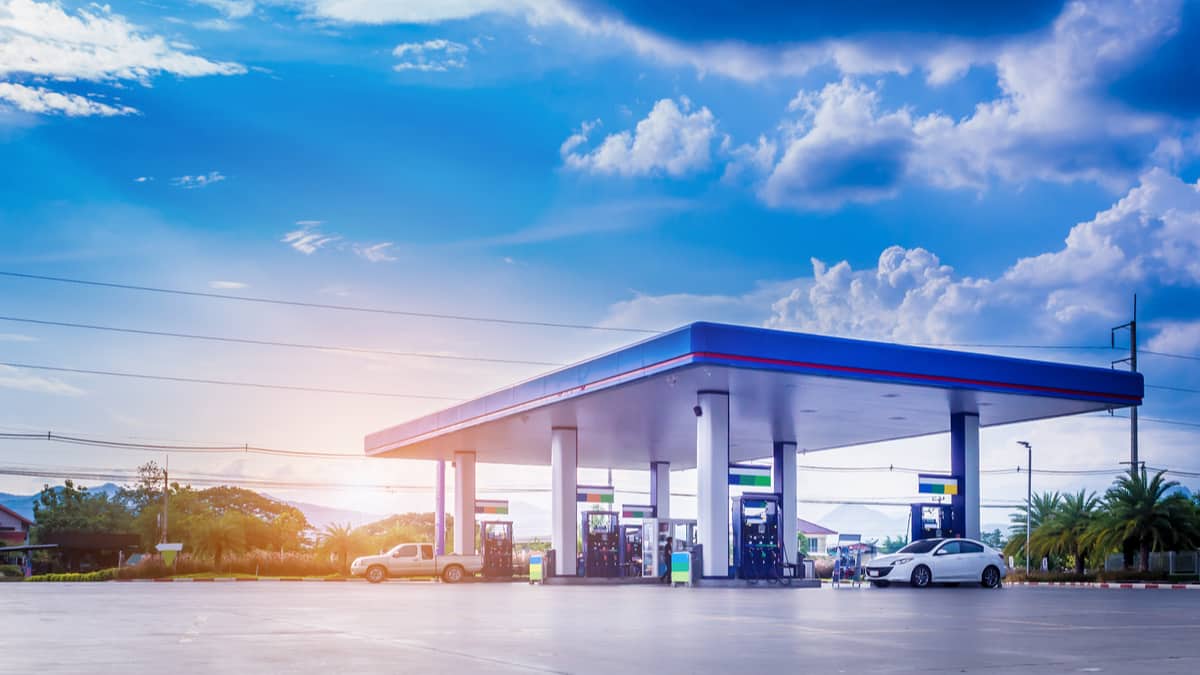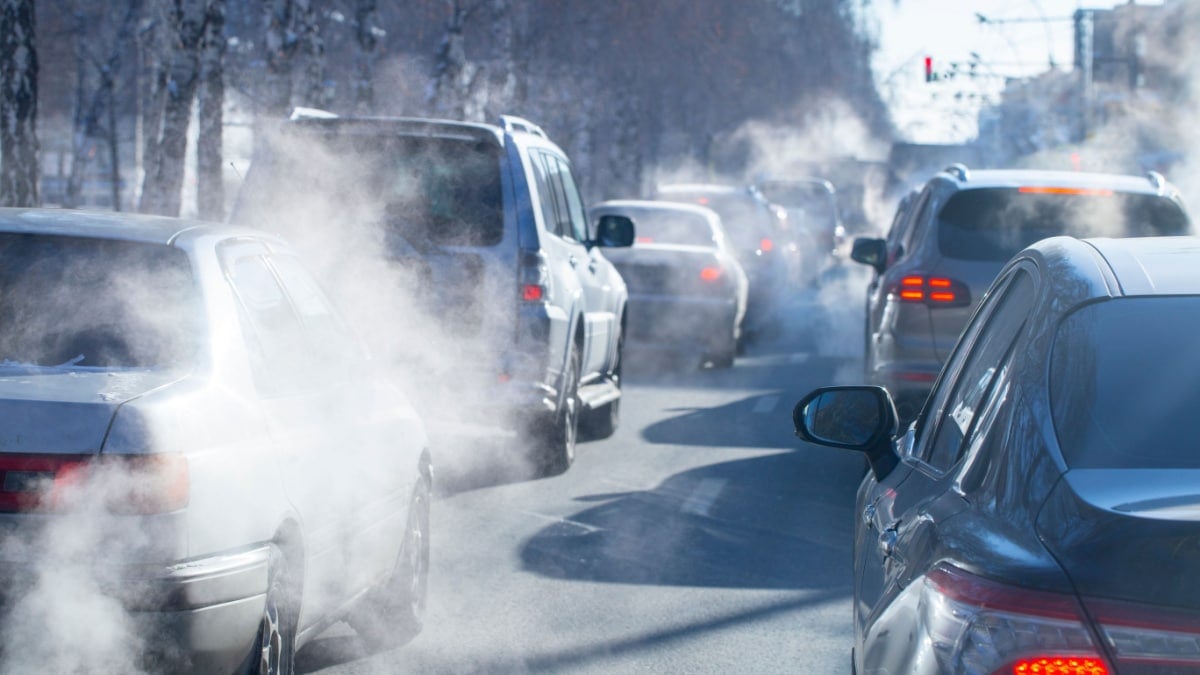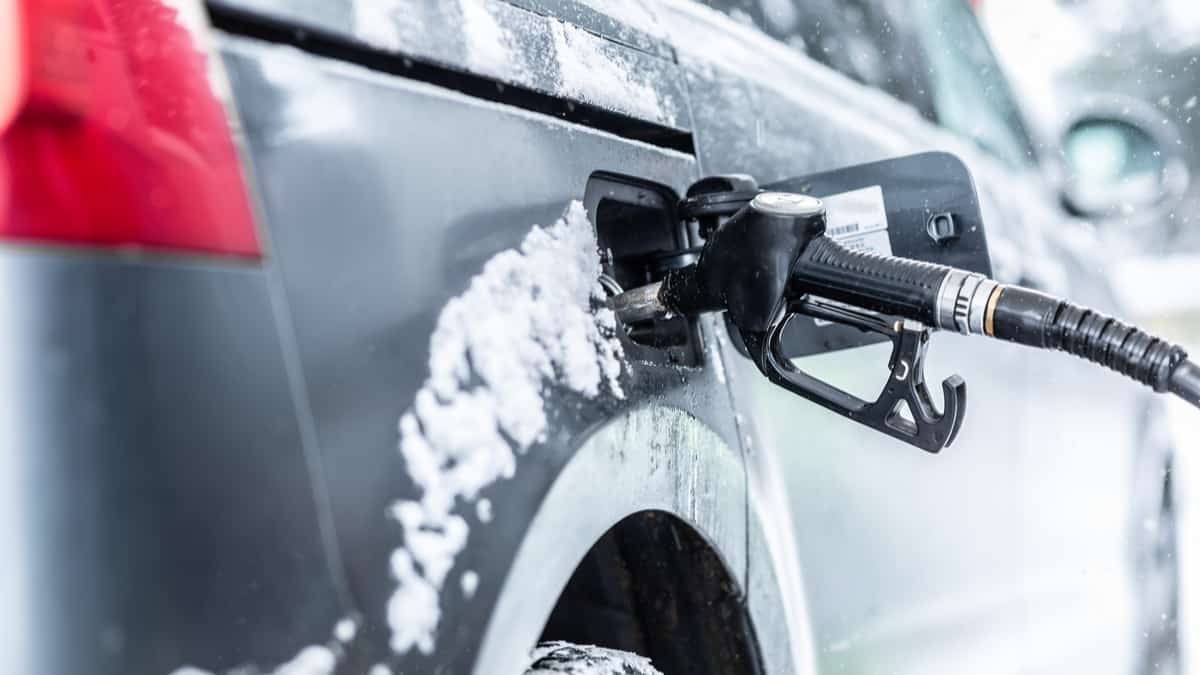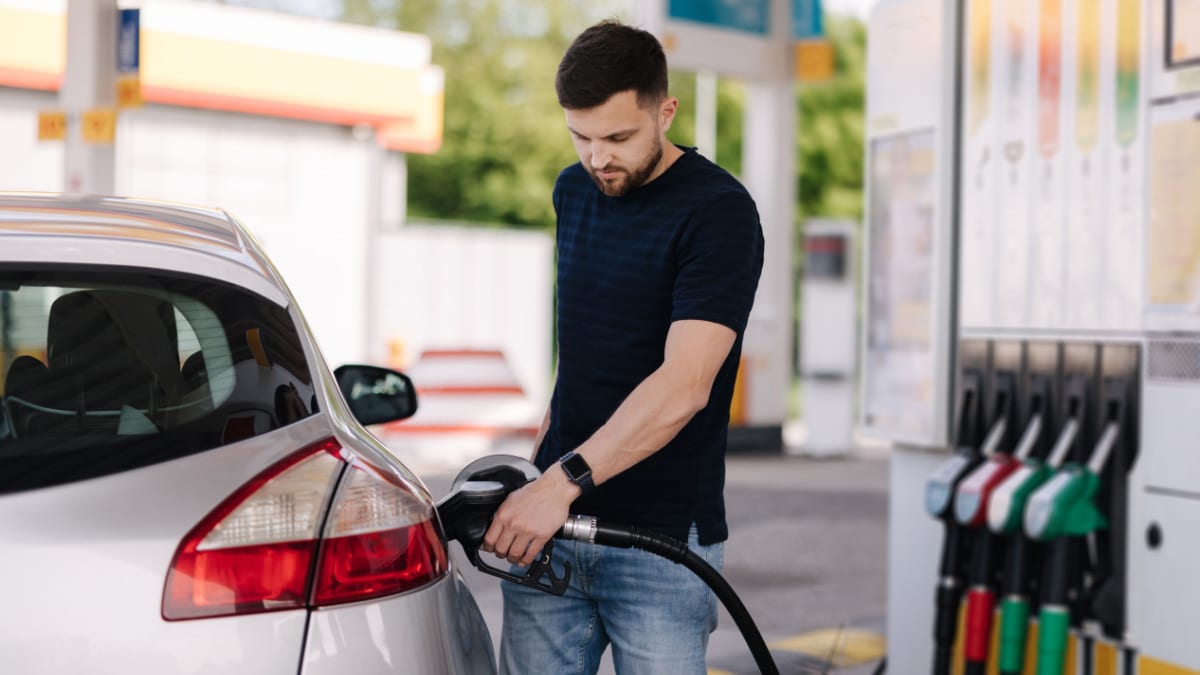If it’s hot outside, you want to enjoy a ride in your climate-controlled cabin. To do this, you need to use the car’s air conditioning, but will that use more fuel than necessary? Does car AC use gas, and would it be better to roll down the windows?
In this guide, we evaluate whether the car AC uses gas and if you would save money by turning it off. We also evaluate the difference in fuel consumption between the air conditioning and heat while evaluating how the AC system works. Towards the end of our article, you will get some practical tips to save fuel, and we will answer your most-asked questions.
Does A Car’s AC Use Gas?
Yes, a car’s AC system uses gas. Every accessory and feature in your vehicle requires power to run. If you drive a gas-powered car, the electricity is provided through the fuel. Therefore, the air conditioning and other systems all require gas to run, with some going through more than others.
The car air conditioner uses energy created by the vehicle’s alternator. This vital component is powered by the engine. Fuel is required to run the engine, so gas will also be consumed when using the air conditioner.
Can You Save Gas By Driving Without AC?
You could turn off the air conditioner and put the windows down in hopes of saving fuel, but it probably won’t work. While the car will no longer need to create power to run the air conditioner, the additional drag created by opening the windows can actually use more fuel.
The engine has to work harder to compensate for the drag. Therefore, it’s often better to keep the air conditioner running, even though it will need fuel to power the system.
Which Uses More Gas: AC or Heat?
The air conditioning system typically uses more fuel than the heater. The heater uses warm air from the engine, which already exists. It doesn’t need to create warm air, so extra fuel isn’t required. You should see a much less dramatic impact on fuel economy when using heat versus air conditioning.
However, both systems need power to run. Therefore, fuel is also needed to create the power and you can’t do much to change how much is consumed for these activities.
How Does The AC Work?
A car’s air conditioning system uses several essential components to run. It doesn’t matter what type of gas-powered car you drive, the parts will remain the same and have a similar purpose. The flow of refrigerant (pressurized gas) through the system is what creates the cold air you experience.
Let’s take a look at a few of the most important parts of the car AC system.
1. Compressor
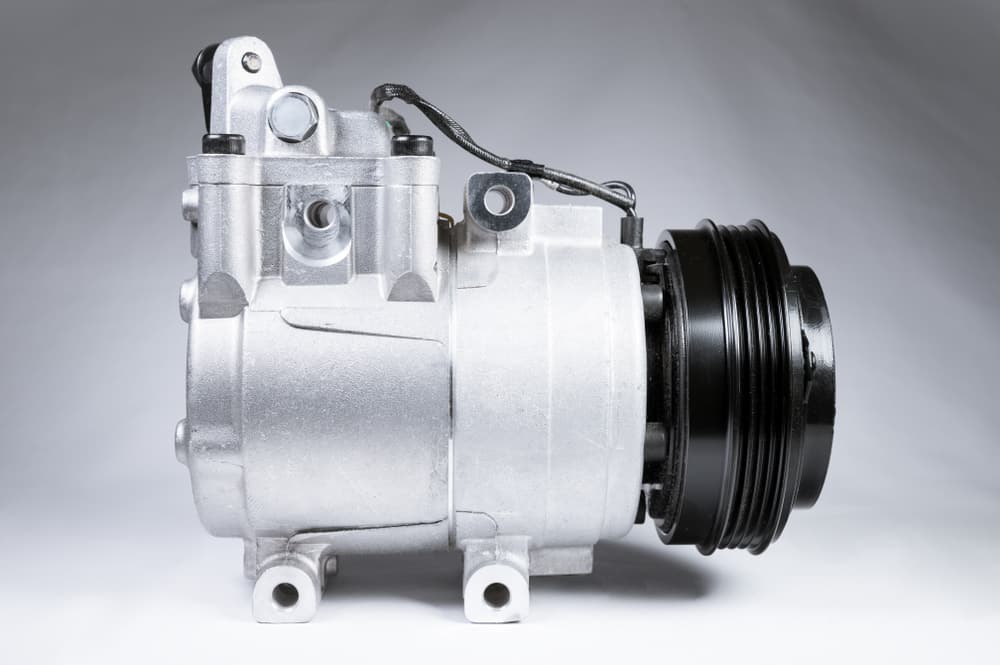
Every car AC system requires a compressor to run. The job of the compressor is simple enough; it compresses the refrigerant into a liquid state.
By compressing the refrigerant, the liquid can move through the condenser. If it remained a gas, it would not flow properly through the system.
2. Condenser
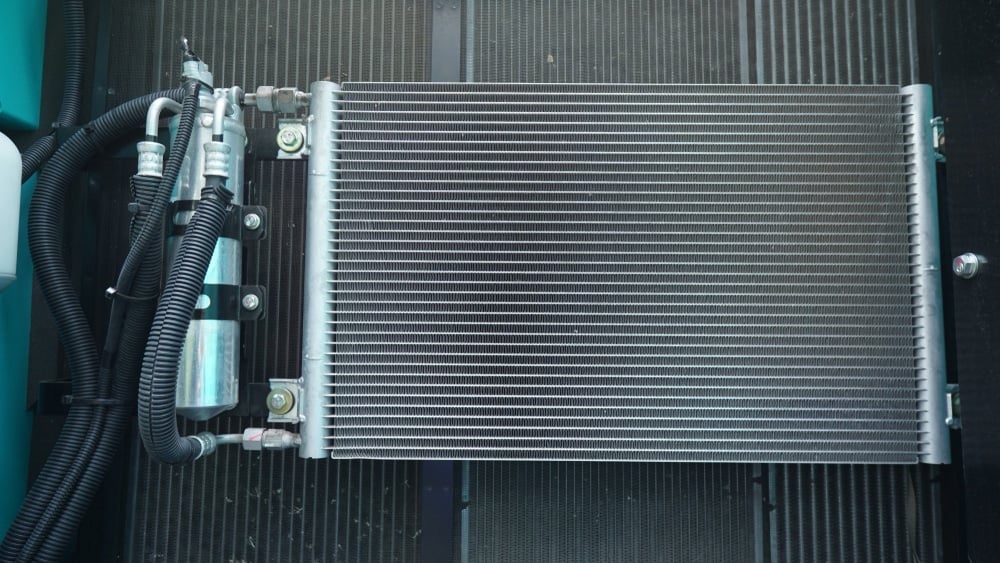
The condenser receives the liquid refrigerant coming from the compressor. To continue moving through the system, it must be cooled off.
The condenser takes out the heat. From here, the refrigerant will move to the orifice tube or expansion valve.
3. Orifice Tube/Expansion Valve
After the condenser, the refrigerant needs to be pushed into the expansion valve or orifice tube. During this process, it must be transferred back into a gas.
To convert the liquid, high pressure must be removed. From here, it goes to the accumulator or receiver/dryer.
4. Accumulator or Receiver/Dryer
The process can create an excessive amount of moisture. If left unchecked, this moisture would damage the air conditioning system.
With the accumulator or receiver/dryer, the moisture is removed. From here, the refrigerant is going to move to the evaporator.
5. Evaporator
The final step of the air conditioning process is to work through the evaporator. In this step, air blows through the core where it becomes cold.
The end result is cool air that gets pumped into the cabin. From here, the process can continue once again by either sucking air in from the cabin on the recirculation mode or from outside of the vehicle if you turn on the fresh air setting.
Other Ways To Improve Fuel Efficiency
If you are looking for ways to save on fuel, turning off the air conditioning system and opening the windows probably won’t help. However, there are plenty of other methods to save gas. Consider checking tire pressure, removing unnecessary weight and avoiding idling. You can also change how to drive to be more efficient, such as maintaining a normal speed, avoiding sudden braking or acceleration and by planning ahead.
We cover these tips below, so you can spend less money at the gas station.
1. Check Tire Pressure
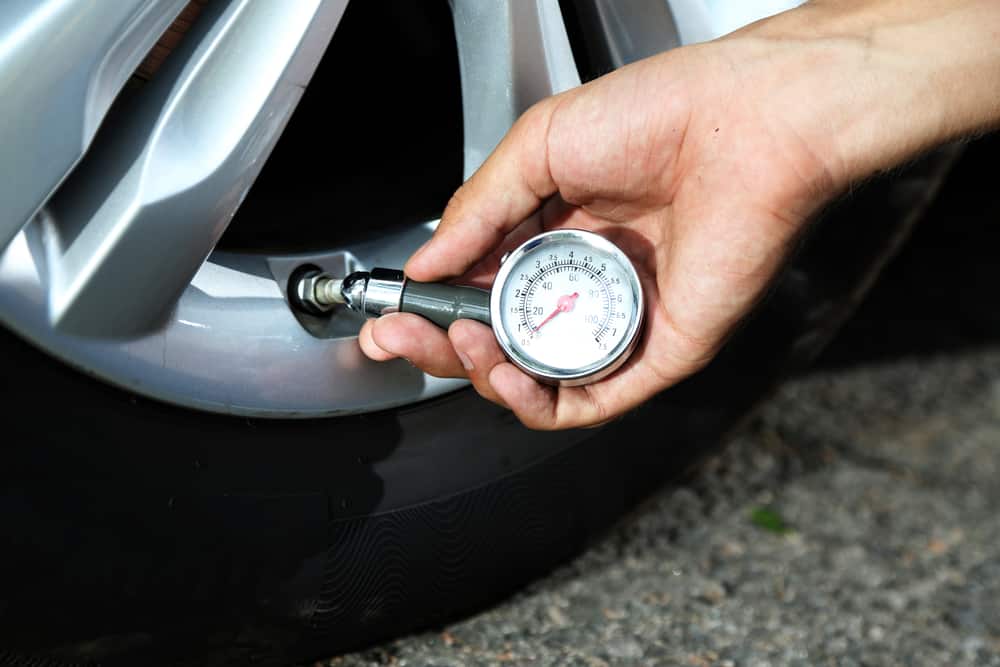
If your car tires are underinflated, there is more rolling resistance with the road. For every mile traveled, the tires are going to create additional friction, which requires more fuel to counteract. In fact, fuel efficiency can be reduced by nearly ten percent if your tires are ten psi lower than they should be.
You should check the tire pressures once a month and whenever the temperature changes dramatically. It’s best to check the pressure before you’ve driven the car for the day. Match up what you get with what’s listed on the driver’s side door jamb. If more air is needed, pump up the tires.
2. Remove Excess Weight
It’s easy to use your car as a storage area for your gear, but all of that added weight can reduce fuel economy. For every 100 pounds of cargo, the fuel rating can go down by up to 2%.
For this reason, it’s best to unload the car of anything that’s not needed before you hit the road. You should also empty the trunk or truck bed of anything you aren’t planning to use.
3. Avoid Engine Idling
When you idle the car engine, you use fuel by you don’t gain any miles. You aren’t driving anywhere, but the fuel is still being sucked down. For this reason, this is one of the worst practices if you are trying to save money.
Modern vehicles don’t use a lot of fuel to start. Knowing this, it might be better to turn off the engine if you are going to be sitting still. You can restart the engine when you are ready to go again.
RELATED: Is Idling Bad for Your Car?
4. Maintain Normal Speeds

There’s a delicate balance to choosing what speed to drive at. When you head down a highway going at maximum speeds, your car faces more wind resistance. The faster you go, the more wind resistance you are dealing with, which uses more fuel.
Knowing this, you may think that driving slowly is a better option. Yet, that’s not the case either. If your car stays in a lower gear, it’s going to also use more fuel. For this reason, it’s best to keep speeds between 55 and 65 mph.
To maintain these speeds, you can use cruise control. Find roads that allow you to travel these speeds safely and set the cruise control mode so you don’t even have to think about it.
5. Avoid Sudden Braking & Acceleration
When you pull out from a stop, you need to think about how forcefully you are accelerating. By pushing the gas pedal to the floor and taking off quickly, you are forcing the engine to work at higher revolutions per minute (RPM). This practice will cause more fuel consumption because the higher RPMs require more gas than when they are slower.
It’s just as important to think about how you brake the car. If you choose to slam on your brakes continuously, you need to accelerate again to get back up to speed. You may practice excessive braking and acceleration by following others too closely on the road. Instead, stay back and gently let off the accelerator to slow down ahead of time. This way, you maintain some speed and you don’t need to be as forceful when it’s time to go faster.
6. Plan Ahead
There are multiple ways to plan for better fuel economy. To start, let’s finish looking at predictive driving. By watching up ahead of you on the road, you can make adjustments without creating swift movements. We just discussed this method by following others too closely, but it can also be used at red lights. It’s also good to start accelerating at the bottom of the hill instead of gunning it and trying to get up the steep slope.
Beyond this, planning can also take place before you hit the road. Choose your routes carefully to ensure that they are the most fuel-efficient. If you have the option between a stop-and-go route or one that utilizes the highway, you should choose the latter. It’s also wise to avoid rush hour traffic if you can help it.
When Should You Use AC In A Car?
If you are hot in the car, it’s best to turn on the air conditioning. It’s going to use less fuel than rolling down the windows on the highway, so there’s no reason to be uncomfortable. Of course, having the air off and the windows closed provides the best fuel economy, but it’s not usually preferable.
How Much Gas Does AC Use?
Running the air conditioning can lead to an excess of one to four extra miles per gallon off of your fuel economy rating. It depends on what type of car you drive and how efficient it is, to begin with. However, the air conditioning tends to use less fuel than opening the windows and creating more wind resistance.
What Is The Best Setting For Car AC?
If you want to save fuel, set the air conditioner to the lowest temperature setting and adjust the fan for comfort. By choosing something warmer than the lower temperature, you force the system to reheat the air slightly. You should also choose the recirculation setting so air is pulled from the cabin instead of outside.
Is It OK To Leave The Car AC On All The Time?
The modern vehicle is built to have the air conditioning running constantly. The parts shouldn’t wear out prematurely just because you are using them. In fact, using it is often better than having it sit for long periods with no usage.
Does AC Drain The Car Battery?
The air conditioning system relies on the alternator and battery to run. For this reason, it does require that the charging system be in good condition to operate. If you run the air conditioner without a good alternator or with the engine off, you could drain the battery.
You know that the car AC uses gas, but it might surprise you to learn that it’s not as much as you thought. It should reduce fuel economy by lower numbers than by opening the windows on the highway and creating wind resistance. In comparison, though, the heating system uses a lot less fuel because the warm air can be taken from the engine.
By following our steps to improve fuel efficiency, you can leave your air running without any worries. Optimize the vehicle to ensure everything is running as it should and you will enjoy a cabin that’s always the right temperature.
Sources:
Learn more:
- How Do I Turn On The Heater In My Car?
- How Much Does It Cost To Fix AC In A Car?
- 5 Symptoms Of Low Freon In Car (& What to do)
Categories: Air condition


